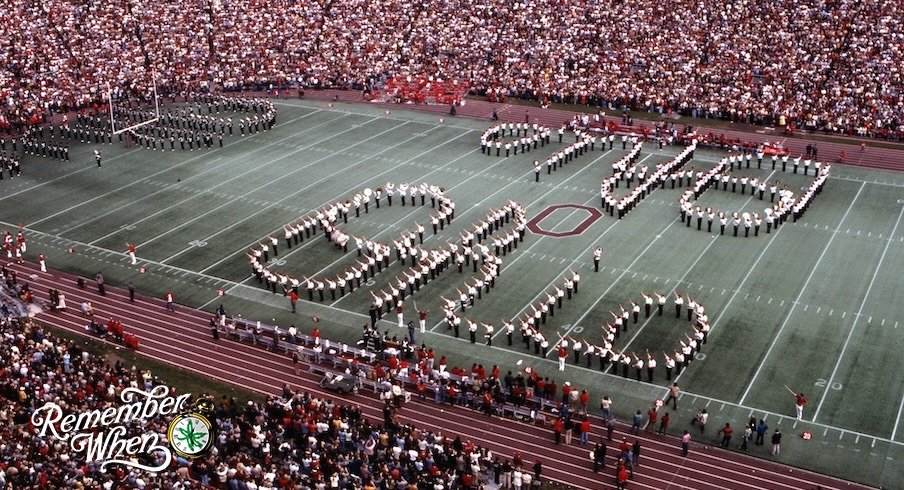Remember When: Anonymous Lantern Source Claims College Football is “Corrupt,” “Professionalized,” and “Big Business” in 1925
In the November 3, 1925 issue of The Ohio State Lantern, an anonymous editorial rattled the pillars of collegiate athletics. Beneath the clatter of typewriters and the murmur of campus life, the incendiary piece sparked a firestorm across Big Ten institutions and beyond. “College football,” the unnamed source declared, “has become corrupt, professionalized, and driven by the machinery of big business.”
The editorial, signed only as “A Concerned Insider,” alleged that what was once a spirited pastime had evolved into a money-making leviathan, devouring amateur ideals in its path. “The pageantry, the pep, the rivalry—these are but curtains hiding a stage of high financial stakes and backroom deals,” the source wrote. The editorial accused university administrators of funneling ticket revenues into bloated athletic departments while academic programs scraped by with minimal funding. “A touchdown now costs more than a professor’s yearly salary,” it quipped with biting sarcasm.
Across the nation, newspapers seized on the controversy. The Chicago Tribune called it “a necessary reckoning,” while The New York Times published a rebuttal from prominent coaches defending the integrity of the game. But within the gates of Ohio State, murmurs turned into full-throated debate. Whispers emerged about boosters slipping cash into players’ coat pockets, alumni “scholarships” with no academic requirement, and lavish road trips funded not by university coffers, but by silent donors with football dreams.
The anonymous source claimed that players were no longer students first, but athletes second—if at all. “They train harder for Michigan than for midterms,” it read. “Some haven’t attended a single lecture all semester.” The editorial went further, suggesting a shadow system of recruitment, where high school standouts were lured with the promise of cars, jobs, and under-the-table stipends. It likened the structure to a “coal-black market of college athletics.”
While university officials publicly denied the allegations, privately some acknowledged the kernel of truth buried in the outrage. Faculty meetings behind closed doors took on a nervous tone. The Lantern’s editor-in-chief, whose name has been lost to time, reportedly received threats and calls for expulsion. Yet, the piece was never retracted.
In many ways, the editorial was decades ahead of its time. Long before NCAA sanctions, scholarship caps, or national debates about paying student-athletes, this single Lantern article foresaw the professionalization of college football. The source’s warnings echoed eerily through the 20th century: media rights booms, coaching salaries in the millions, and bowl games drenched in corporate sponsorship.
Nearly a century later, with NIL deals and conference realignments reshaping the sport, the 1925 editorial reads less like a scandal and more like a prophecy. Whoever the anonymous Lantern source was, they saw with chilling clarity what many refused to admit: that college football had outgrown its jersey and stepped into a suit and tie.
And maybe, just maybe, it was always destined to.

